Fabric First: The Real Secret to a Summer Wardrobe That Won’t Make You Sweat
I’ve spent years working as a textile consultant and personal stylist, helping people build wardrobes that actually work for their lives. And let me tell you, summer is a unique beast. So many people get lured in by bright colors and trendy, disposable pieces, only to find they feel hot, sticky, and uncomfortable. After one season, those clothes just end up wadded in the back of a drawer.
In this article
A truly functional summer wardrobe is built on a completely different foundation. It doesn’t start with color or trends. It starts with fabric.
Honestly, I had to learn this the hard way. I vividly remember showing up to an outdoor summer wedding, so proud of my beautiful, structured dress. The problem? It was made of a thick cotton sateen that didn’t breathe at all. I spent the entire reception trying to find a shady spot, feeling like I was going to melt. It was a gorgeous dress, but I was a miserable, sweaty mess. Not elegant.
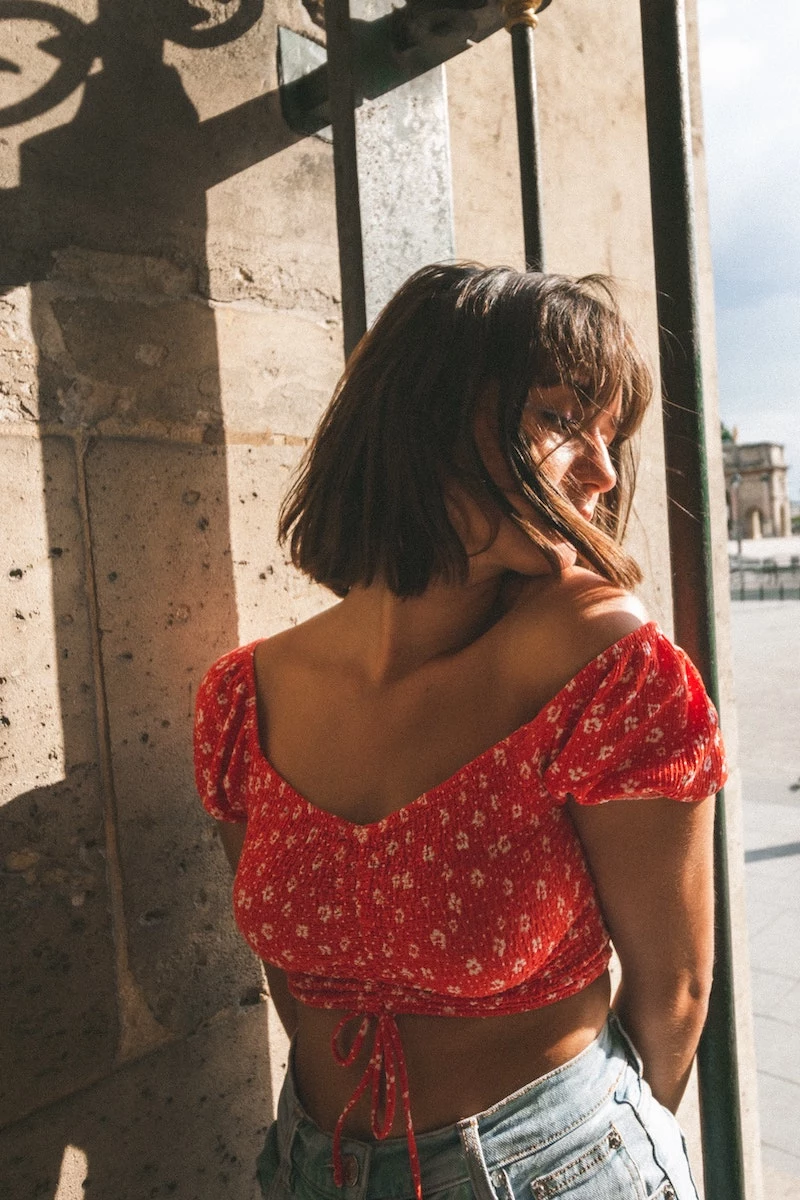
The lesson really clicked for me early in my career, during a trip to Italy to source materials for a resort collection. We were surrounded by the most stunning, vibrant silks, but the lead tailor—a master of his craft—walked right past them. Instead, he headed for the neutral linens and incredibly lightweight wools. He held them up to the light, felt their texture, and draped them over his arm. He explained that comfort comes first. An elegant look is impossible if you’re visibly uncomfortable and overheating. A simple, well-made piece in a breathable fabric will always look better.
That principle is everything. Once you understand how different fabrics handle heat and humidity, picking out colors and styles becomes the easy, fun part. So let’s get into it.
Why You’re Hot: It’s More Than Just Color
We’ve all heard it: wear light colors in the summer. And while that’s true, the science is a little more interesting and can help you make much smarter choices. It’s all about how materials deal with energy—from the sun and from your own body.
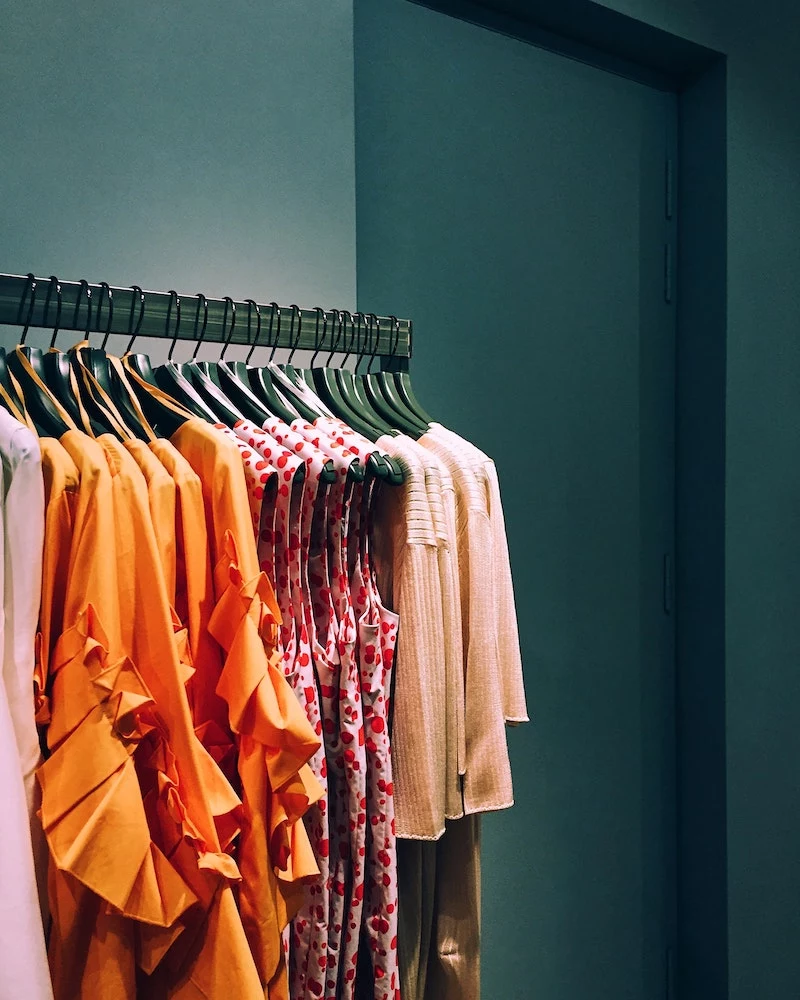
Color and Sunshine
Think of sunlight as energy. When that energy hits your clothes, it’s either reflected or absorbed. The color you see is just the light that’s being bounced back. A white shirt reflects most of that light energy, while a black shirt absorbs it and converts it into heat. That’s why a black asphalt road can burn your feet when the white sidewalk next to it is just warm. So yes, a white t-shirt will keep you cooler in direct sun than a black one.
But that’s only half the story.
The Weave: Your Secret Air Conditioner
While color manages heat from the sun, the fabric’s structure manages heat from your body. You cool down by sweating, but that sweat has to evaporate to actually do its job. A fabric’s ability to let air flow through it is called breathability, and that comes down to the weave.
Imagine a heavy denim versus a light, puckered seersucker. Both are cotton, but the seersucker will feel infinitely cooler. Its loose, intentionally crinkled weave creates tiny air channels, letting air circulate and moisture escape. A quick tip I always use: hold a fabric up to a light. If you can see little pinpricks of light shining through, you know it’s got good airflow. It’s a much better test than just reading the label.

Wicking vs. Absorbing: The Moisture Game
This is where different fibers really show their true colors. Some fabrics absorb sweat, and others wick it away.
- Absorbing Fabrics: Standard cotton is the prime example. It’s like a sponge—it can absorb a ton of moisture. But then it just holds onto it, getting heavy, clammy, and taking forever to dry. It can even make you feel cold if a breeze kicks up while the shirt is damp.
- Wicking Fabrics: Linen, lightweight wool, and many modern performance fabrics work differently. Their fibers pull moisture away from your skin and spread it across the surface of the fabric, where it can evaporate in a flash. This is what makes them feel so cool and dry, even when it’s humid enough to swim through the air.
Understanding this is why I’ll often steer clients towards a linen shirt over a cotton one for a truly hot day, even if the cotton is a lighter color.
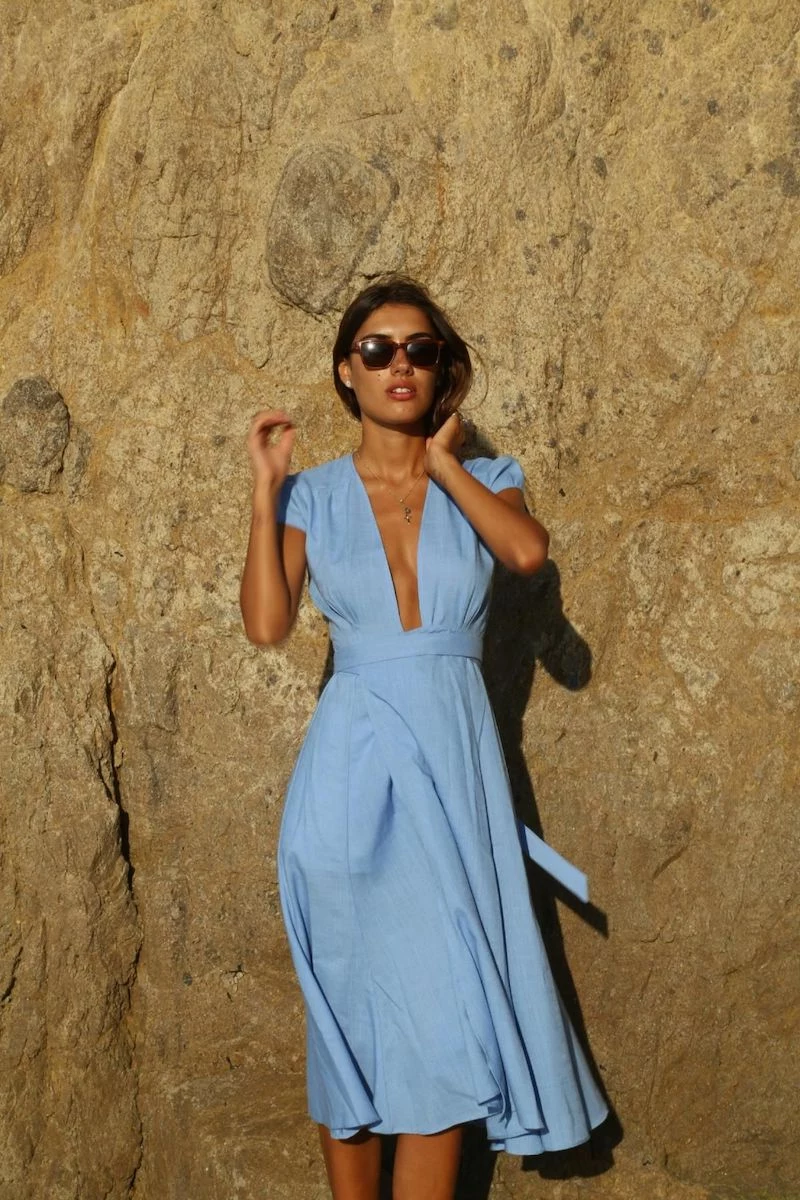
The Best Fabrics for Summer (And a Few to Avoid)
When I’m evaluating textiles, I use my hands and eyes above all else. The feel, the drape, and the weave tell you everything you need to know. Here are the materials I trust for a high-quality summer wardrobe.
Linen: The Undisputed Champion
Linen is made from the flax plant, and there’s a reason it’s been a staple in hot climates for centuries. Its fibers are incredible at moving air and moisture.
Why it’s great: It’s wildly breathable, durable, and gets softer every time you wash it. It’s also naturally antibacterial, which helps keep odors at bay. Its moisture-wicking is second to none.
The catch: It wrinkles if you even look at it wrong. My advice? Embrace it. A slightly rumpled linen shirt or trousers has a relaxed, effortless vibe. Fighting the wrinkles is a losing battle, so see them as part of the fabric’s charm.
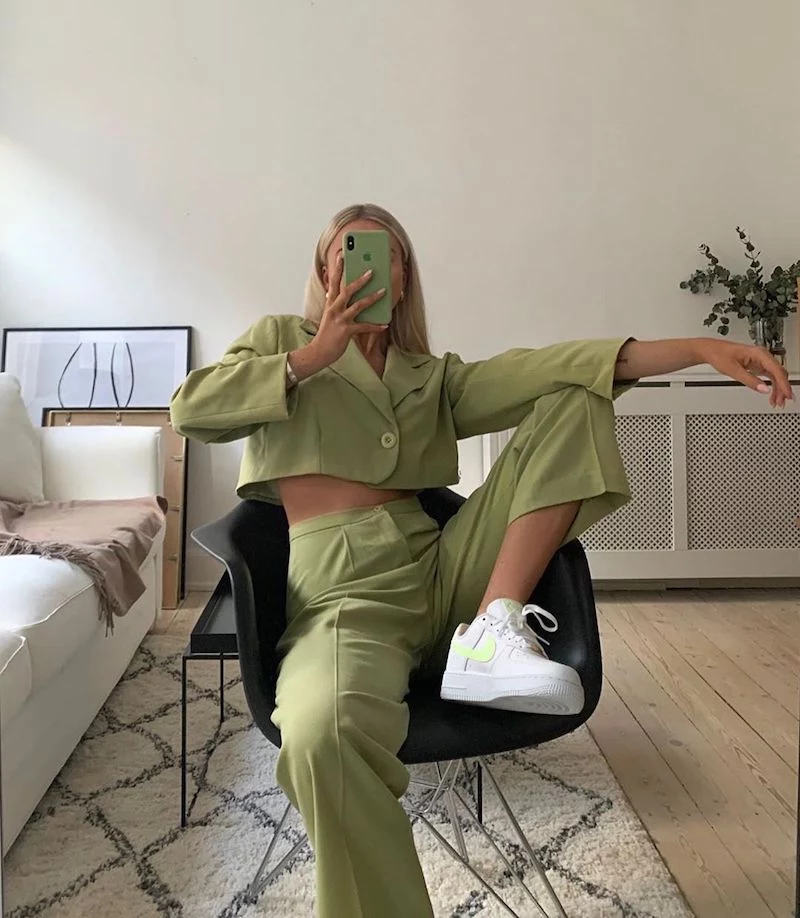
Pro Tips: A good linen shirt will typically cost between $70 and $150, but it’s an investment that will last for years. For care, machine wash it on a cool, gentle cycle and hang it to dry. If you must iron, do it while the fabric is still slightly damp.
Cotton: The Versatile (But Tricky) Workhorse
Cotton is everywhere, but you have to be choosy for summer. The key is picking the right type and weave.
The Good Stuff:
• Seersucker: My top pick. The puckered texture holds the fabric away from your skin, creating built-in air conditioning. It’s a classic for a reason.
• Madras: A super lightweight, plain-weave cotton that was literally designed for hot climates. It’s incredibly light and airy.
• Cotton Poplin: A crisp, smooth fabric that’s great for a more polished look. Just make sure you’re getting a lightweight version.
What to Avoid: Heavy cotton twill (like denim or thick chinos) and standard cotton jersey (most basic t-shirts). They trap heat and hold onto sweat like a grudge.

Lightweight Wool: The Unexpected Hero
I know, I know. Wool for summer? It sounds crazy, but hear me out. We’re not talking about your chunky winter sweater. Tropical-weight wool is a game-changer.
Why it’s great: It’s a phenomenal temperature regulator that wicks moisture even better than linen and is naturally odor-resistant. Best of all, its natural elasticity means it barely wrinkles, making it PERFECT for travel or for looking sharp at the office on a hot day. An unlined tropical wool blazer is far more comfortable than a cotton one.
The catch: It can be pricey, and you’ll often have to dry-clean it. However, because it’s so odor-resistant, you’ll find you don’t need to clean it very often at all. A simple airing out is usually enough.
Modern Contenders: Tencel & Lyocell
By the way, it’s not just about traditional fibers anymore. Materials like Tencel (also known as Lyocell) are fantastic summer options. They’re made from wood pulp, so they’re soft, breathable, and have a beautiful, fluid drape.
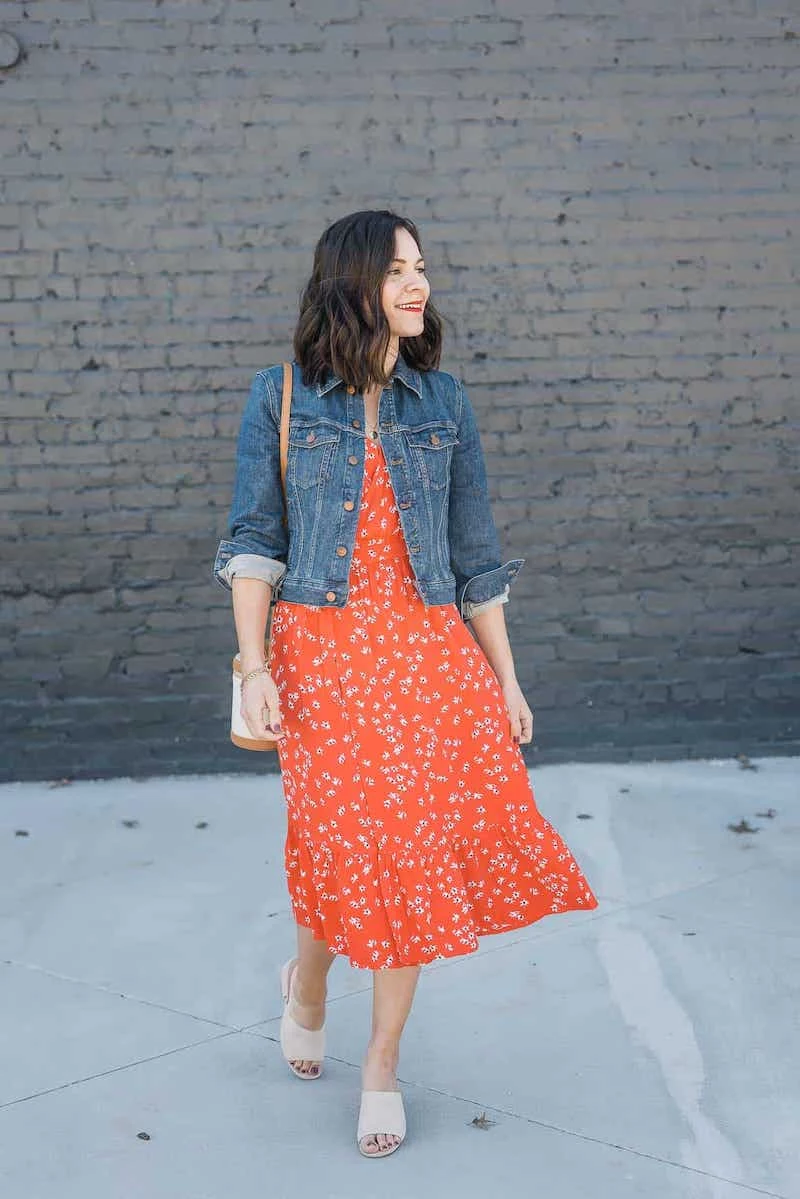
They feel incredibly smooth and cool to the touch and are more wrinkle-resistant than linen. You’ll find them at a mid-range price point, often blended with cotton or linen to add a bit of softness and drape.
Okay, So What Should I Actually Buy?
Understanding the theory is great, but you need a plan. If you’re starting from scratch, here’s a simple, 5-piece functional summer starter kit that will cover most of your bases.
1. A Pair of Linen Trousers or Shorts: Choose a neutral color like beige, navy, or olive. Mid-weight linen is best—it’s not see-through but is still breezy. Expect to pay $80-$200 for a quality pair.
2. Two High-Quality Shirts: Get one in a lightweight cotton poplin or seersucker for a crisper look, and one in a linen or linen-blend for more casual days. A classic white or light blue is always a safe bet.
3. An Unlined Lightweight Blazer: For dressier events or cool evenings. Tropical wool is the premium choice for its wrinkle resistance, but a simple linen or cotton-linen blend blazer also works wonderfully.
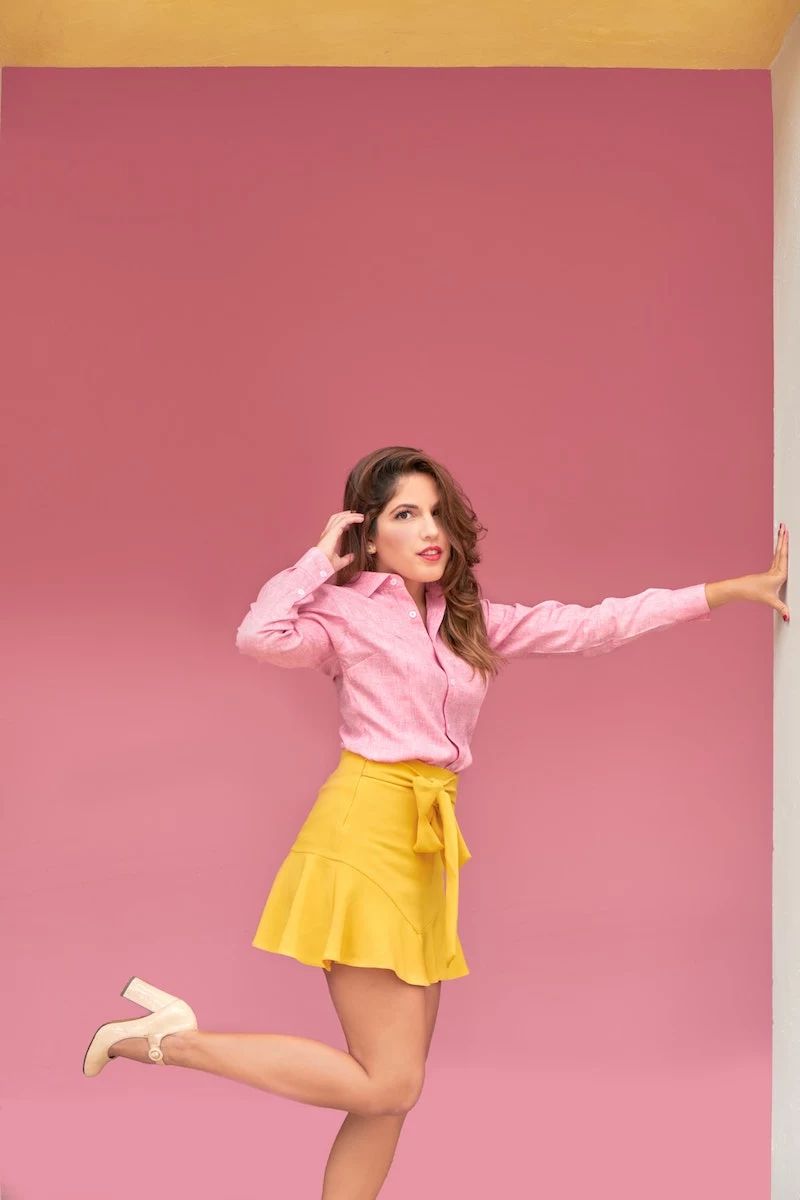
4. A Breathable Polo or T-Shirt: Ditch the heavy cotton. Look for a polo made from a piqué knit (that classic bumpy texture) or a t-shirt made from a linen-blend or Tencel. The difference in comfort is staggering.
5. Versatile Footwear: Don’t forget your feet! Leather-lined loafers, espadrilles, or even minimalist canvas sneakers will keep your feet much cooler than heavy, rubber-lined shoes.
A Few Common Pitfalls to Avoid
Before you go shopping, a heads-up on a few common mistakes I see all the time:
- The Transparency Trap: That beautiful, crisp white linen shirt looks amazing in the store… until you step out into direct sunlight and realize it’s completely see-through. Always do a light test!
- Ignoring Sun Protection: Super light, loose-weave fabrics are great for staying cool, but they don’t offer much sun protection (UPF). If you’re going to be in the sun for a long time, consider a denser fabric or remember to apply sunscreen underneath. I’ve seen some nasty sunburns through thin t-shirts.
- Forgetting About Wrinkles: If you’re the kind of person who can’t stand a single crease, 100% linen might not be for you. Look for linen-cotton blends, which offer some of the coolness with fewer wrinkles.
Ultimately, building a great summer wardrobe just means shifting your focus. Instead of asking “What color is it?” start by asking “What’s it made of?”
Your quick-win challenge: Next time you’re in a clothing store, find a cheap, heavy cotton t-shirt and a more expensive linen shirt. Close your eyes and just feel the difference. Hold them both up to the light. I promise, the difference will be obvious, and you’ll never look at summer clothes the same way again.
Inspirational Gallery
Is there such a thing as a chic, sweat-proof synthetic?
Absolutely, but you have to know what to look for. Forget basic polyester. The key is in modern textile technology. Look for TENCEL™ Lyocell, a fiber derived from sustainable wood pulp. It’s incredibly soft, drapes beautifully like silk, and is more absorbent than cotton, pulling moisture away from the skin. Brands like Everlane and Reformation use it in everything from slip dresses to relaxed trousers, proving that comfort and a modern aesthetic can coexist beautifully.
Linen can absorb up to 20% of its own weight in moisture before it even begins to feel damp.
This natural superpower is why linen feels so cool and fresh against the skin, even in high humidity. Unlike cotton, which can hold onto moisture and feel heavy, linen releases it quickly into the air, acting like a personal, all-natural air conditioning system for your body.
- Check the weave, not just the label. A
The unsung hero of the summer wardrobe is seersucker. This puckered cotton fabric, with its distinctive crinkled stripes, is engineered for coolness. The texture holds the majority of the fabric away from your skin, creating tiny air channels that promote circulation and heat dissipation. It’s a timeless choice that feels as breezy as it looks.
The right cut is as crucial as the right cloth. Even the most breathable linen will feel stifling if it’s cut into a restrictive, tight-fitting shape. Opt for silhouettes that encourage airflow: wide-leg trousers, A-line skirts, boxy tops, and caftans. Creating space between the fabric and your skin is a simple but incredibly effective strategy for staying cool.
For an effortless Italian Riviera vibe, focus on these fabric textures:
- Crisp Cotton Poplin: Think of a classic, slightly oversized men’s shirt worn as a beach cover-up. It’s structured yet breathable.
- Gauzy Linen: A semi-sheer linen blouse or dress that billows in the breeze is the epitome of relaxed elegance.
- Silk-Cotton Voile: For evenings, a scarf or wrap in this featherlight blend adds a touch of luxury without any heat.
Don’t be afraid of lightweight wool in the summer. Seriously.
It sounds counterintuitive, but fabrics like tropical-weight merino wool are masters of thermoregulation. The fibers wick moisture away from the skin and are naturally odor-resistant. A finely-knit merino wool t-shirt, like those from Icebreaker or Wool&, can be more comfortable on a hot day than a standard cotton tee.
- A surprising softness that improves with every wash.
- Excellent drape without excessive wrinkling.
- A subtle, luxe sheen that elevates a simple silhouette.
The secret? Look for linen blends. While pure linen is a classic, a linen-viscose or linen-Tencel blend offers the best of both worlds: the timeless look of linen with a softer feel and better wrinkle resistance, making it perfect for travel or long days out.
Linen-Cotton Blend: Sturdier and more opaque than pure linen, with less wrinkling. A great workhorse fabric for everyday shorts and trousers.
Chambray: Has the look of denim but is woven in a much lighter, plain-weave construction. It’s soft, durable, and breathes well, perfect for shirts and dresses.
For casual durability, choose chambray; for a slightly more refined, textured feel, the linen-cotton blend is a winner.
To extend the life of delicate summer fabrics like silk, cupro, or viscose, rethink your laundry routine. Hand-washing in cool water with a pH-neutral detergent, such as The Laundress’s Delicate Wash, prevents fiber damage. Avoid wringing the garment out; instead, gently roll it in a clean towel to absorb excess water before laying it flat to dry away from direct sunlight.










